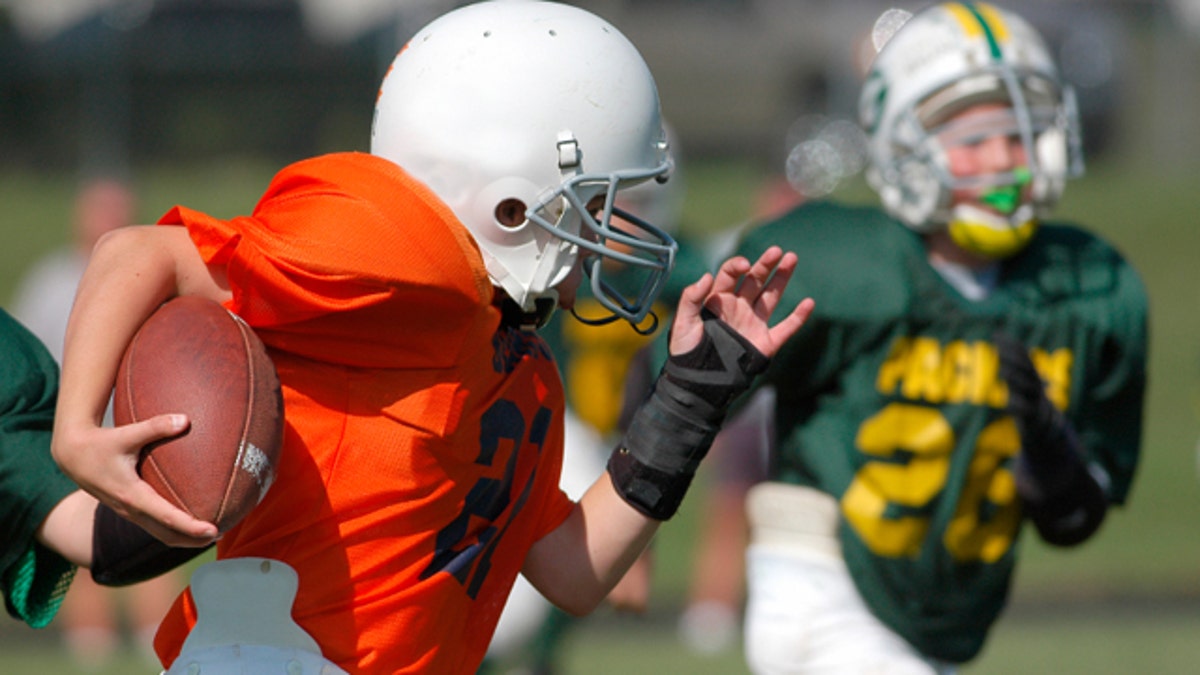
The U.S. government launched on Monday a sweeping study of rising sports-related concussions among the youth, amid concerns that the injuries may have contributed to the suicides of professional football players.
The Institute of Medicine, part of the National Academies of Science, will probe sports-related concussions in young people from elementary school through early adulthood. The study will include military personnel and their dependants, and review concussions and risk factors.
The study, one of the most extensive ever done, will be scrutinized intently by Americans worried about brain injuries in sports, said Robert Graham, head of the panel carrying out the study.
"You start talking about, 'Is it safe for Sally to be playing soccer?,' you get lots of public interest," Graham, a public health expert at George Washington University in Washington, told Reuters after the committee's first meeting.
He said the panel likely would submit its report to the Institute of Medicine in the middle of the summer, with publication expected in late 2013.
A 2010 study by the U.S. Centers for Disease Control and Prevention (CDC) found that U.S. emergency rooms yearly treat 173,000 temporary brain injuries, including concussions, related to sports or recreation among people less than 19 years of age.
The number of emergency room visits for such injuries rose 60 percent in the previous decade among children and adolescents, the CDC study showed.
A separate 2007 study showed that the incidence of brain injury was highest in football and girls' soccer.
About 2,000 former National Football League players sued the league last year, alleging it concealed the risk of brain injury from players while marketing the ferocity of the game.
Concerns about a possible link between concussions and mental illnesses, such as depression, grew in the wake of the suicides of former NFL players Junior Seau, Ray Easterling and Dave Duerson in the last two years.
Participants at the committee's meeting said there was a shortage of data on sports-related concussions among young people. The number of relevant brains available for study is in the single digits, and many studies lack breakdowns by age.
Sponsors of the study include the Department of Defense, the CDC and the National Institutes of Health. The panel will also examine studies being done by the CDC and the American Academy of Neurology.